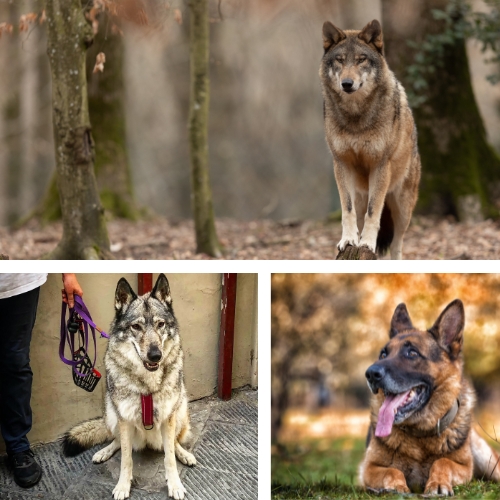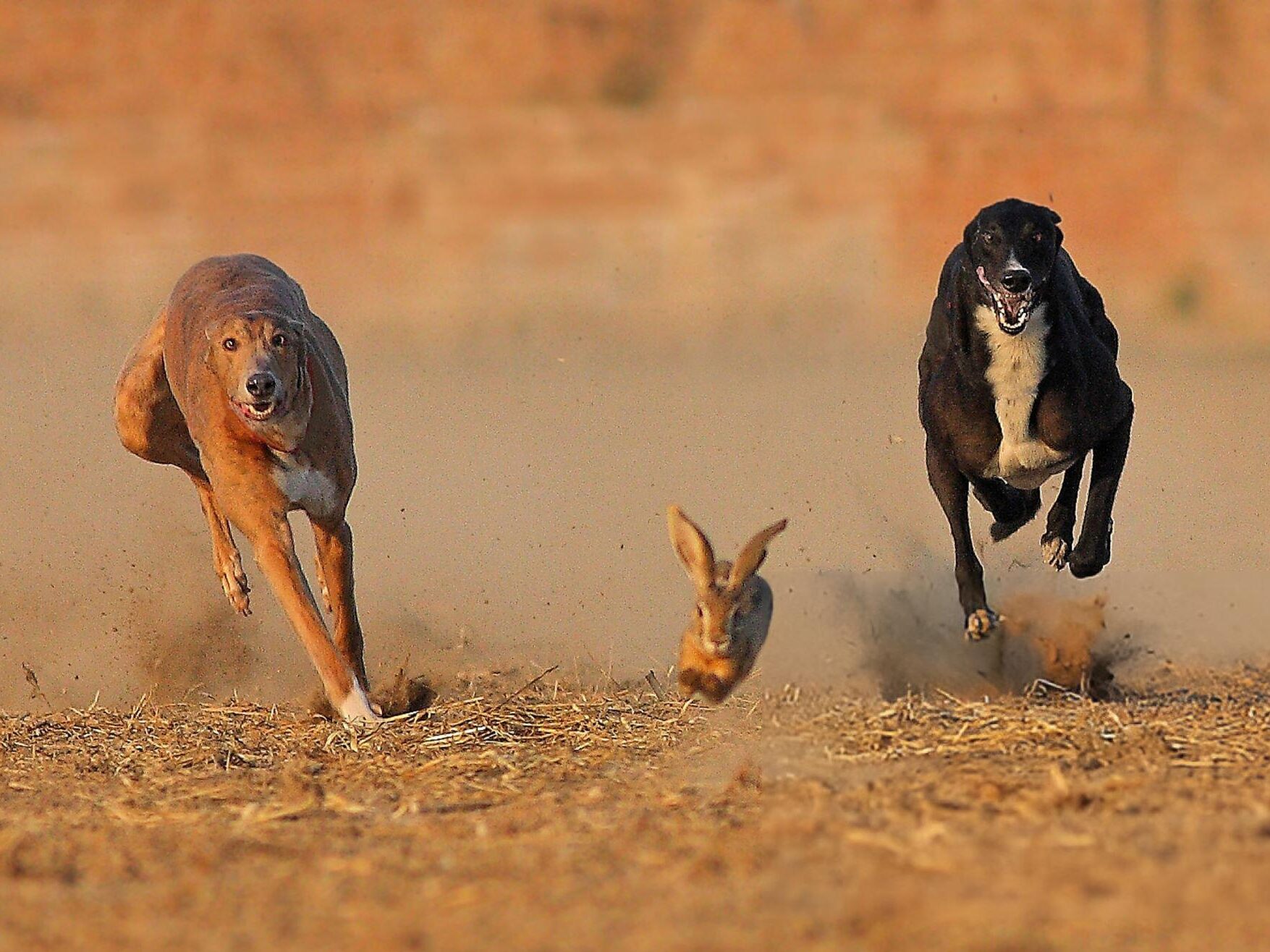Dogs have been human companions for at least 15,000 years, making them one of the first species to be domesticated. Over centuries of domestication, dogs have undergone significant changes in behavior and adaptability. But does this evolution extend to their biological classification? Let’s take a closer look.
Understanding the Canine Lineage
Domestic dogs (Canis familiaris) belong to the order Carnivora and the family Canidae, which includes wolves, coyotes, dingoes, foxes, and jackals. Among these, the Gray Wolf (Canis lupus) is the closest relative of dogs, and many of their feeding habits, biology, and behaviors can be traced back to this wild ancestor.

The Evolutionary Journey
In the wild, early dogs either hunted prey or scavenged the remains of animals left behind by nomadic hunters. These leftovers served as an easy food source, drawing wild dogs closer to human settlements. Over time, humans began using dogs for hunting, guarding, and carrying resources, rewarding them with portions of their catch. This mutualistic relationship laid the foundation for the human-canine bond.
As agriculture developed, dietary patterns shifted. Dogs living with farmers adapted to consuming plant matter, thanks to a mutation in the gene AMY2B, which increased their production of pancreatic alpha-amylase, an enzyme necessary for digesting starches. However, dogs living in regions where agriculture was not feasible, such as colder climates, continued to rely on meat.
Today, the number of AMY2B gene copies in dogs ranges from 3 to 32, influencing their ability to digest carbohydrates. Primitive breeds like Huskies, which lived in non-agricultural environments, have fewer copies, whereas herding breeds like German Shepherds, which coexisted with crop-growing humans, have more.
Modern Dogs: Still Carnivores
Although dogs’ carbohydrate metabolism differs from wolves due to domestication, their classification remains unchanged. Dogs are still facultative carnivores—animals that thrive on a meat-based diet but can consume some plant matter. This is supported by their anatomical, metabolic, and behavioral traits:
Anatomical Features
- Low Salivary Alpha-Amylase Activity: Dogs produce minimal salivary alpha-amylase, indicating a diet not naturally high in starch.
- Short Gastrointestinal Tract: Carnivores like dogs have short GI tracts, unsuitable for fermenting large amounts of plant matter.
- Sharp Canine Teeth: Their teeth are designed for tearing flesh and crunching bones, typical of carnivores.
- Large Stomach Size: Dogs’ stomachs comprise 60-70% of their digestive tract, allowing them to consume large, infrequent meals—a carnivorous trait.
- Lack of Side-to-Side Jaw Movement: Dogs’ jaws move up and down, suited for meat consumption rather than grinding plant matter.

Metabolic Traits
- Inability to Synthesize Vitamin D from Sunlight: Unlike omnivores, dogs must obtain Vitamin D from their diet, as they cannot synthesize it from sunlight.
- Efficient Gluconeogenesis: Dogs can derive glucose from dietary proteins and fats, reducing their dependency on carbohydrates.
- Adaptability to Fasting: Dogs can endure prolonged fasting by efficiently using fat and protein reserves, a trait of carnivorous species.
Behavioral Indicators
- Prey Drive: Dogs’ instinct to chase and capture prey reflects their carnivorous ancestry.
- Food Storage: Burying food mimics wolves’ behavior of storing meat for lean times.
- Preference for Meat: Given a choice, dogs naturally gravitate toward protein-rich diets

Debunking the Myth
While dogs can consume plant matter, this does not make them omnivores. For example, Rainbow Trout can metabolize up to 36% starch in their diet but are still classified as carnivores. Similarly, dogs’ ability to process some carbohydrates classifies them as facultative carnivores, not omnivores.
Conclusion
The debate over whether dogs are carnivores or omnivores often arises from their ability to digest and consume plant matter. However, their evolutionary history, anatomy, metabolism, and behavior clearly classify them as facultative carnivores. This means they are naturally adapted to thrive on a meat-based diet while having the flexibility to incorporate small amounts of plant material when necessary.
Understanding this dietary classification is essential for pet parents, trainers, and other professionals in the pet industry. It empowers us to make informed nutritional choices that align with dogs’ biological needs, ensuring their long-term health and vitality.
By respecting their evolutionary design and providing a balanced, species-appropriate diet, we honor our responsibility as caretakers of these remarkable animals who have shared our lives for thousands of years.













